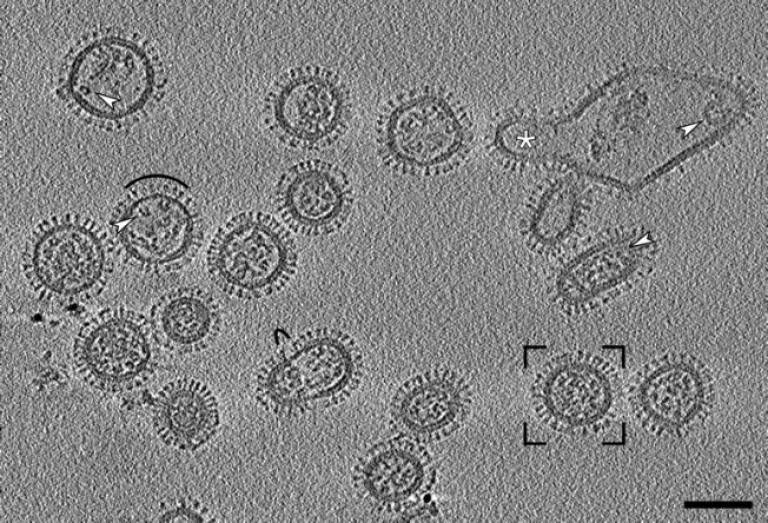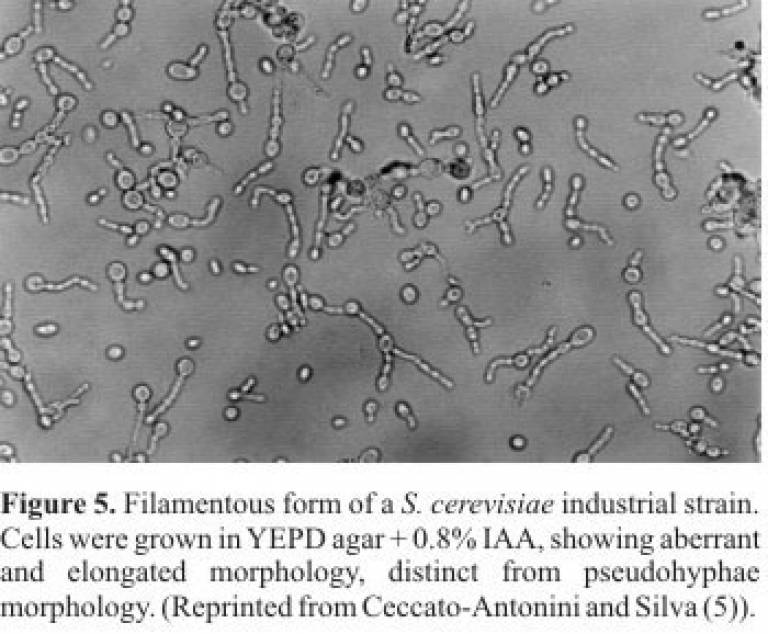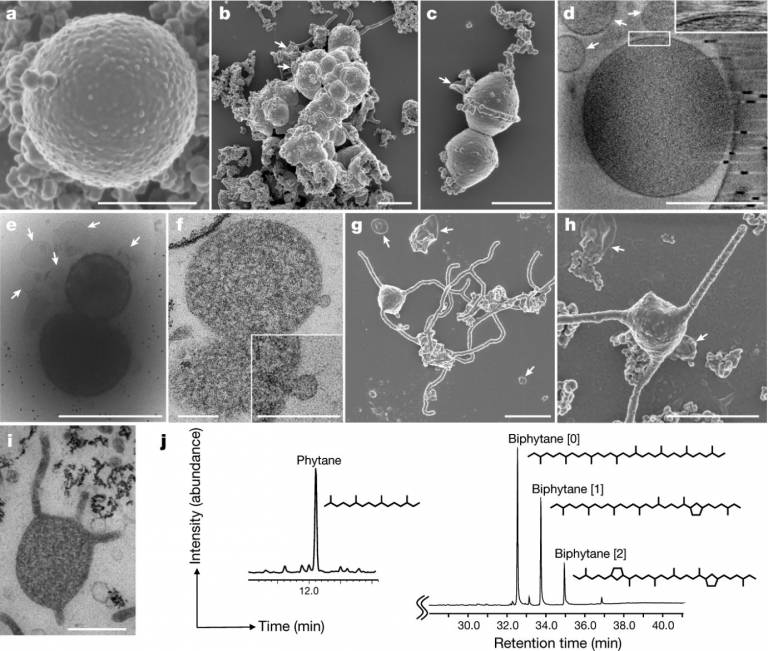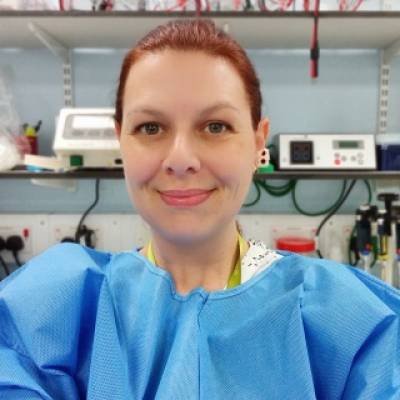How many different types of viruses and bacteria spread from person to person in one day?
Hi! This is a very difficult question and scientist are working hard to find some figures. The short answer is: it depends.

29 March 2021
Why is it so difficult to know the numbers? Because each person is different from each other this also makes the tiny creatures (also known as microorganisms) that live on us different as well. Yes, we have bacteria, viruses, and also fungi (yeast) and archaea (a fancy type of micro creature) microorganisms that live on our skin, nose, hair, and even inside us like in the gut and lungs. These microorganisms won't necessarily make us sick, in fact, many of them help us to fight other microorganisms that can harm us. Anyway, when we breathe, eat, speak, play (touch things), go to the bathroom, our body-mates can be transferred far from us (spread).
Hi! This is a very difficult question and scientist are working hard to find some figures. The short answer is: it depends.
Why is it so difficult to know the numbers? Because each person is different from each other this also makes the tiny creatures (also known as microorganisms) that live on us different as well. Yes, we have bacteria, viruses, and also fungi (yeast) and archaea (a fancy type of micro creature) microorganisms that live on our skin, nose, hair, and even inside us like in the gut and lungs. These microorganisms won't necessarily make us sick, in fact, many of them help us to fight other microorganisms that can harm us. Anyway, when we breathe, eat, speak, play (touch things), go to the bathroom, our body-mates can be transferred far from us (spread).

Flu virus (Influenza). Image Credit: Proceedings of the National Academy of Sciences of the United States of America.
Thus, from 2006 to 2017 a group of researchers created a project to investigate what are the microorganisms that live on us. The project was called Human Microbiome Project. Microbiome is the name of the aggregate of all microorganisms that live in our body. They collected samples from different body parts - nose, mouth, skin, stool, among others - from 300 healthy men and women and analysed what was living on them. They used several fancy methods and calculated that we can carry around 10,000 different species (types) of microorganisms (bacteria, viruses, fungi and archaea).

Bread yeast. Image Credit: Scielo.
However, they also found that is impossible to calculate an exact number of each different type because each people have a different quantity and type of microorganisms living on them. They discovered that the composition (number and type) of the microbiome depends on what a person eats, where a person lives, how old is the person, and many other factors that can make everything vary a lot!

Bacteria (Cultured yogurt bacteria). Image credit: Frontiers in Microbiology.
So, we are spreading thousands of microorganisms every day. Some are good ones, some are not so friendly, but we still live with them and everything is fine. I hope you enjoy the image examples of each type of micro friend I have mentioned as seen through a microscope (they are very tiny).
Consulted sources:
NIH Human Microbiome Project defines normal bacterial makeup of the body, National Institute of Health.
Welcome, NIH Human Microbiombe Project.
Publications, NIH Human Microbiombe Project.
Analyses of the Microbial Diversity across the Human Microbiome, Plos One
Structure, function and diversity of the healthy human microbiome, Nature
 Close
Close


